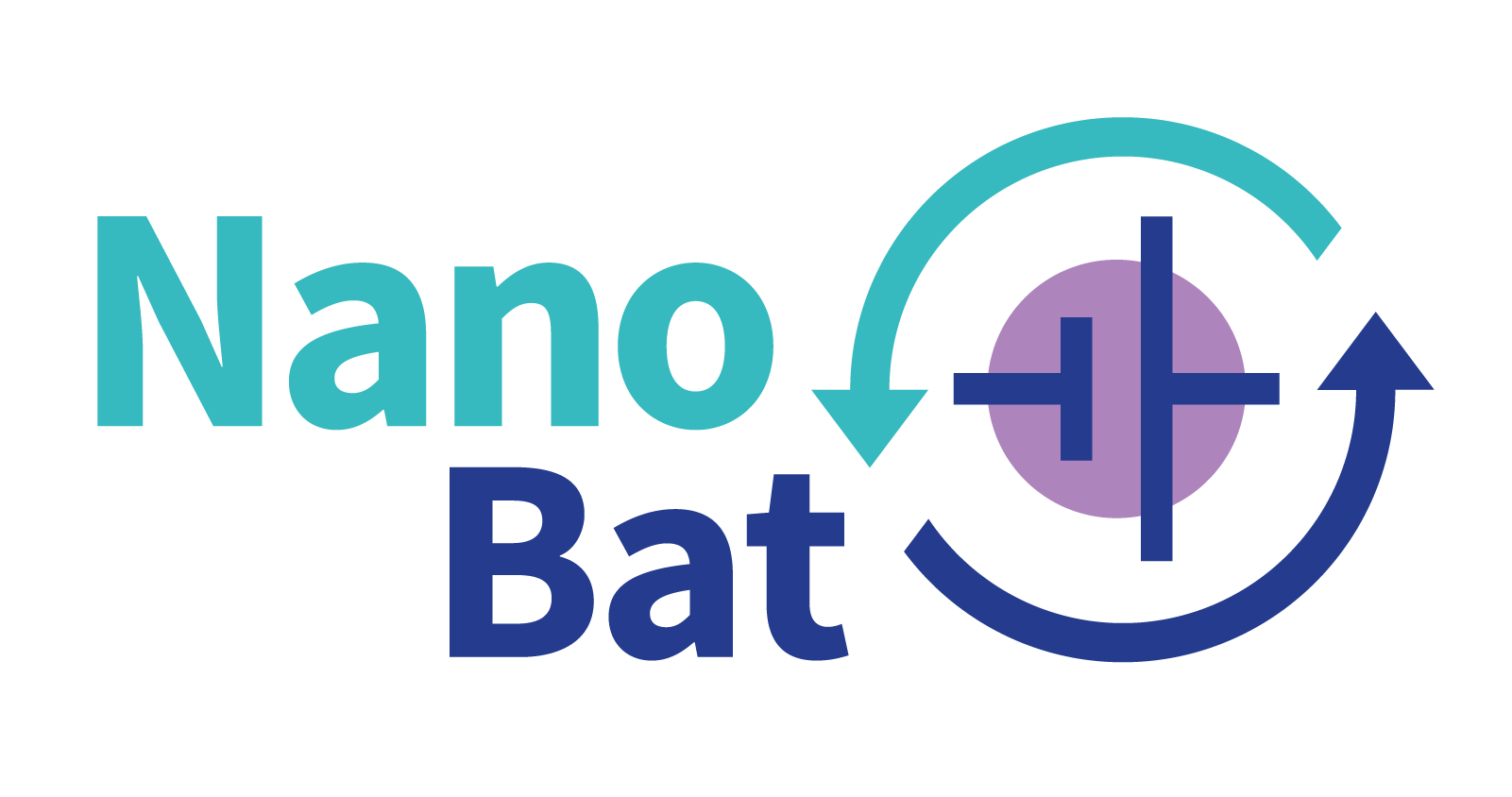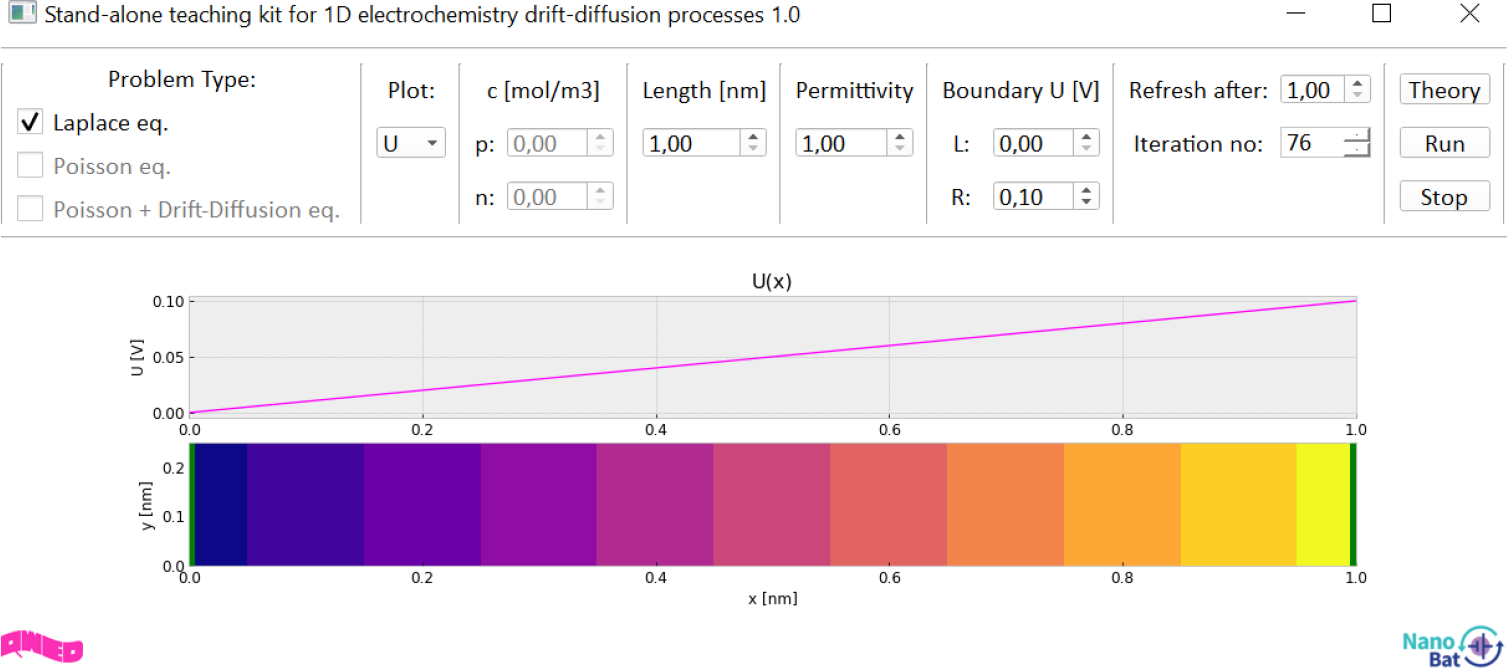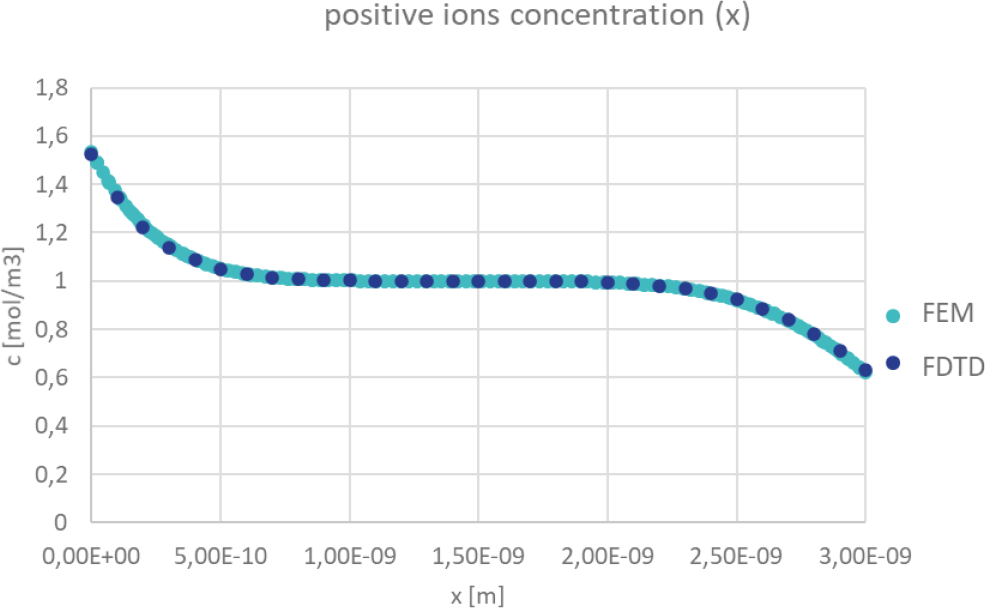
NanoBat
GHz nanoscale electrical and dielectric measurements
of the solid-electrolyte interphase
and applications in the battery manufacturing line
of the solid-electrolyte interphase
and applications in the battery manufacturing line
STAND-ALONE TEACHING KIT
FOR 1D ELECTROCHEMISTRY DRIFT-DIFFUSION PROCESSES
FOR 1D ELECTROCHEMISTRY DRIFT-DIFFUSION PROCESSES
Download Stand-Alone ElectroChem Teaching Kit.
Download Stand-Alone ElectroChem Teaching Kit dedicated manual.
Download Stand-Alone ElectroChem Teaching Kit dedicated manual.
Nowadays, more and more attention is paid to the area of energy materials, such as batteries or photovoltaics. Electromagnetic testing of such materials is gaining popularity and being explored in the H2020 NanoBat project. Classical Computational Electromagnetics tools are not sufficient for the modelling of energy materials and test-fixtures, since charge transport mechanisms need to be taken into account, in order to properly interpret the testing results. For example, a physical model of the ion transport process in the electrolyte must be considered in Li-ion batteries, which are one of the most popular electrical energy storage devices in various applications. Coupled electrochemical models are therefore necessary in battery research.
This application enables the modelling of quasi-electro-static as well as coupled electrochemical phenomena occurring at electrolyte/electrode interfaces. The application can be used to visualise three different User Cases of increasing complexity. The User Cases are modelled using Laplace, Poisson, and coupled Poisson-drift-diffusion equations, which are solved by a novel FDTD scheme. In future work, the models will be coupled to high-frequency electromagnetic models.
This application enables the modelling of quasi-electro-static as well as coupled electrochemical phenomena occurring at electrolyte/electrode interfaces. The application can be used to visualise three different User Cases of increasing complexity. The User Cases are modelled using Laplace, Poisson, and coupled Poisson-drift-diffusion equations, which are solved by a novel FDTD scheme. In future work, the models will be coupled to high-frequency electromagnetic models.

U distribution for Laplace eq. Problem Type.

Positive charge concentration distribution in space limited by electrodes of 0.1 V potential difference, filled with electrolyte of εr = 2.82, with initial uniform concentration of positive and negative ions of 1 mol/m3 and Dc=10-9 m2/s.
We would like to acknowledge collaboration with Johannes Kepler University Linz, Austria - Dr. Georg Gramse and Dr. Nawfal Al-Zubaidi, who conducted and provided FEM simulation results.
We would like to acknowledge collaboration with Johannes Kepler University Linz, Austria - Dr. Georg Gramse and Dr. Nawfal Al-Zubaidi, who conducted and provided FEM simulation results.

The NanoBat project has received funding from the European Union's Horizon 2020 research and innovation programme under grant agreement No 861962.
